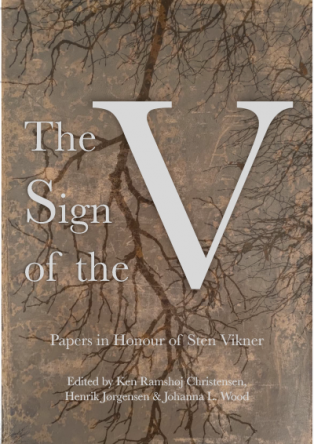On the Role of Syncretism in Finiteness Marking for Verb Second in Diachrony and Acquisition
Synopsis
This paper explores the long-debated interaction between inflectional morphology and syntactic verb movement, more specifically the role of morphological finiteness marking in the presence vs. absence of V2-structures in English, Danish and French. It will be argued that the cross-linguistic variation found in these languages may be accounted for by viewing finiteness as a feature that cuts across tense, mood and agreement, following Eide (2016). Whereas the productive morphological rule generating regular verb forms in English collapses the finiteness distinction, this type of syncretism is not found in Danish and French, and this appears to have major consequences in diachrony, language variation and language acquisition.

